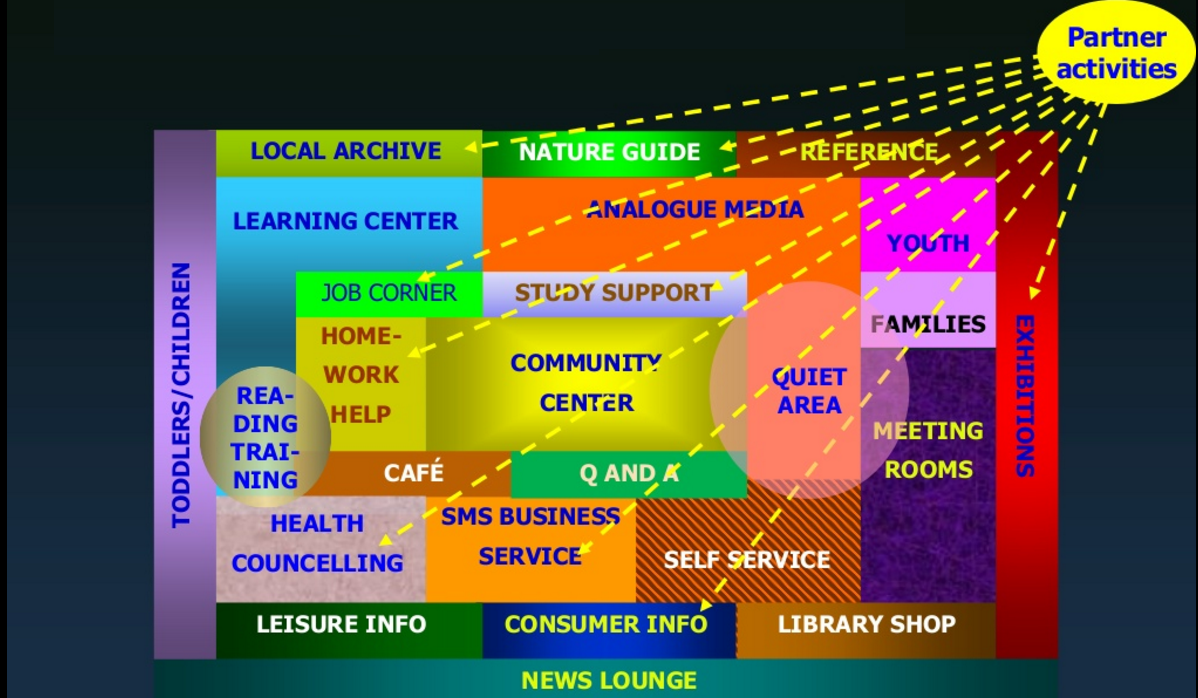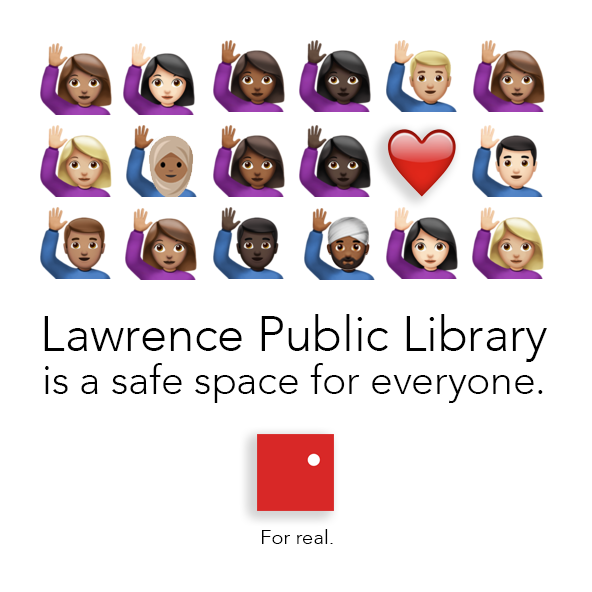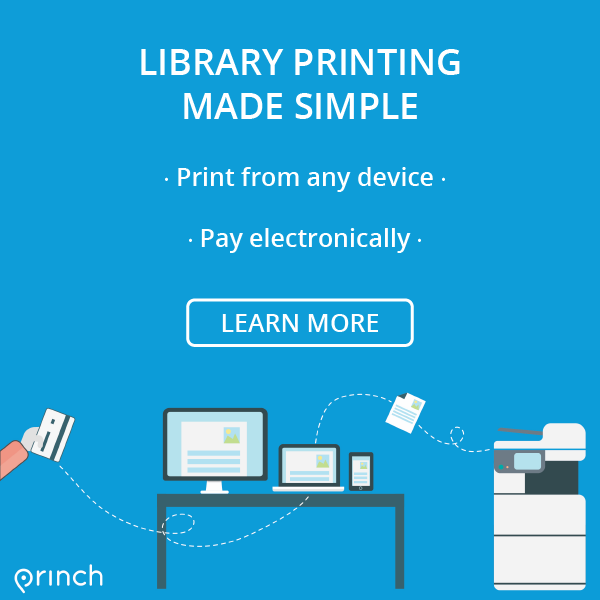There is a promising potential in making use of the library’s services in new ways. This is why libraries are more valued now for their spaces and the opportunities that they create for the community, such as support for education, access to recent technologies and help for local businesses and much more.
As Kathryn Zickuhr from the Pew Research Center points out there’s no one thing people want their libraries to be. They want their libraries to be lots of things, a place where they can study and meet with friends and attend meetings — and more.
In the last post of our series we’ve explored the various services users want from a library (haven’t read it? You can find it here). Nonetheless, when thinking about the space in which these services should take place, here are 4 important spaces every modern library should have to keep up with all these needs and attract a diversity of visitors.
1. A social space for interaction and knowledge exchange
A recent report from Pew Research Center data on US library attendance interestingly shows that millennials are the most frequent visitors to a public library, with 53% of survey respondents ages 18-35 visiting a public library or bookmobile in 2016. Millennials, representing the young generation, are a social generation and they consume and spread knowledge while socializing.
They enjoy collaborating on different projects and therefore when at a library, most often, they come in groups or with their families to chat and play, interrupting others…some might say. This is why the modern library also needs to create a space where patrons can openly engage with information—process it, reflect on it, have conversations about it, and develop new ideas, conversations, and opportunities as a result of it.
For example, DOKK1 – the famous library in Aarhus (Denmark) is a vibrant space for all generations, offering spaces such as: learning spaces, media spaces, youth spaces, family spaces, community spaces and many more. This way, people have access to resources, classes, trainings, community events, company events, group meetings, book clubs, gaming facilities, programs for teens, kids and more.
And as Rolf Hapel says in our interview: “I believe that the reasons for the very high number of visitors are multiple: There are really good spaces for families and children, Dokk1 has also proved to be a great place to study, there are various levels of ‘togetherness’ or ‘remoteness’ that you can choose from, we have a versatile event program with a broad appeal to all kind of user groups. These services are what keep public libraries relevant to our patrons today and new and more dynamic spaces are needed. “

DOKK1 Library Areas
2. A quiet space for contemplation
For centuries, the library has represented a sacred space for knowledge consumption. Contemplation was central to traditional library services where the main focus was on accumulating as much knowledge as possible. Today, since people have continuous access to information, the library is no longer the only source to consume knowledge.
Even so, when the library patrons are enquired, it can be noticed that 3 out of 4 respondents think it is “very important” to the community that public libraries still provide quiet study spaces for adults and children (survey run a few years ago by Pew Research Center). Therefore, people still value the idea of a quiet space to read a printed book or a digital resource, to organize their thoughts or to work without the daily distractions of our modern society.
People still value the idea of a quiet #space at the #library without the distractions of our modern #society. Share on XSo why forget about it?
There are many debates on whether a library should become a place for interaction and loose the quiet places or not. Both options could be offered in a modern library and the library can simply represent a gathering point for everyone, no matter the separate ways they assimilate knowledge. It is equally important to offer a quiet place as well as a social place. As a benefit, creating a “chatty section” at the library will simply reduce the complaints about all the noise in the room as users can choose where to go depending on their needs.
For example, Colonial Heights branch of Sacramento Public Library has done a remodeling of the building a few years ago, which focused on supporting homework programs for youth. By simply adding two glassed-in rooms, they separated the quiet area from the noisy area.

Colonial Heights branch at Sacramento Public Library
3. A maker space for innovation
One important expectation from the user is to create more room for them and not for the books. People not only want to develop new skills and learn how to use the modern technology but also to share their experience with others. Libraries are paying attention to the needs of the users and try to accommodate to this need. This way the library makerspaces have become a trend in the recent years.
Users want more room for them and less for the #books. #libraryspaces #library #makerspace Share on XAccording to Samatha Roslund’s book Makerspaces, a makerspace represents a physical location where people gather to share resources and knowledge, work on projects, network, and build. Also, a makerspace can be anything from a repurposed bookcart filled with arts and crafts supplies to a table in a corner set out with LEGOs to a full blown fab lab with 3D printers, laser cutters, and handtools.
For example, Guldborgsund Libraries in Denmark have recently opened a Fablab where the main objective is to enable invention by providing free access to tools for digital fabrication. This way, the Fablab becomes a community resource and is accessible to everyone. And according to Jan Holmquist, the project is a real success: “This is also bringing in new people and is already a huge success in terms of raising footfall.” (Read our full interview with Ian here.)

Fablab at Guldborgsund Libraries
4. A neutral and trusted space for public use
As reported by the National Archives research, libraries reach a much broader range of age groups and social backgrounds compared to other types of cultural activities. Consequently, the library represents something different for each one of us. It can be a peaceful place for insightful work for professionals, a playground for families or even an information point for those with limited resources and much more. Still, there is one aspect everyone agrees on: the library is a neutral and secure public space.
The #library is a neutral and secure public #space. Share on XPeople feel protected knowing they are in a public institution where they can walk around and freely spend a few hours without being questioned. To ensure that, some libraries are trying to promote and educate their visitors about this. For example, Lawrence Public Library in the US created banners and social media posts where they promote the library as a safe place and encouraging the users to speak up.

Lawrence Public Library Facebook Page
All in all, these different representations of the same space are dependent on a common element and that is the services that the library offers. People want unique services tailored to their needs but also to know more about the library’s activities and its offerings.
Do you want people to make the most of all your library has to offer? Kathy Dempsey from Libraries Are Essential is presenting a solution here.
We’ll be back with another interesting article from the library world! Until then, you can get more interesting bits from libraries around the world by following us on Facebook and Twitter. Thanks for stopping by!
Recent posts
Enhancing User Experience For Libraries In The Digital Age
In this week's Princh Library Blog post, recurring guest writer Sam L. Bowman covers how your library can improve the user experience on [...]
Library Password Practices—Balancing Accessibility and Security
In this week's Princh Library Blog, recurring guest writer Nina Grant discusses a basic, but nevertheless crucial digital security principle: secure password [...]




Modernidade requer Bibliotecas modernas com vários espaços com diversas funcionalidades
The ideas are clearly spelt. Easy for referencing and using for policy implementation. Thank you.